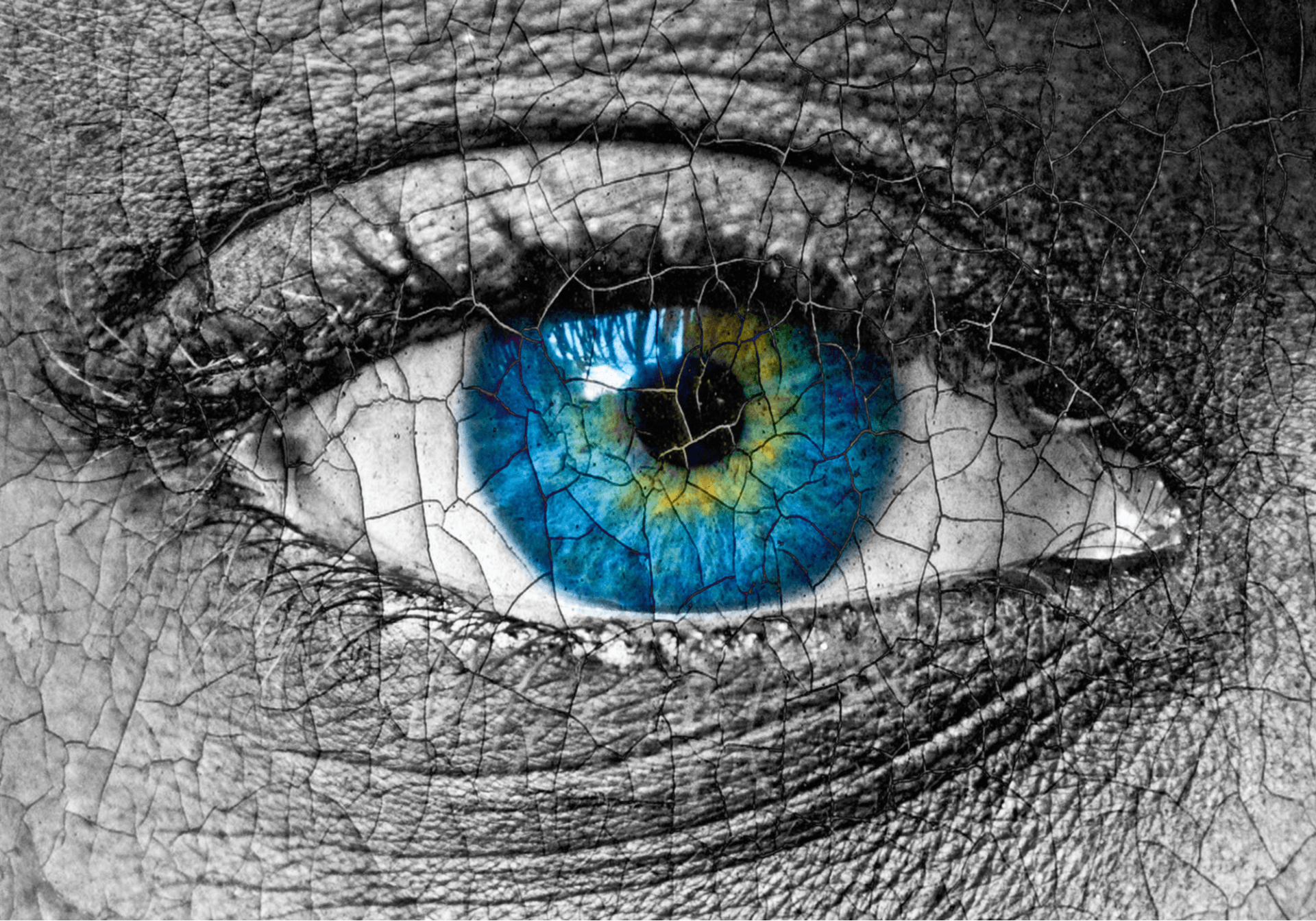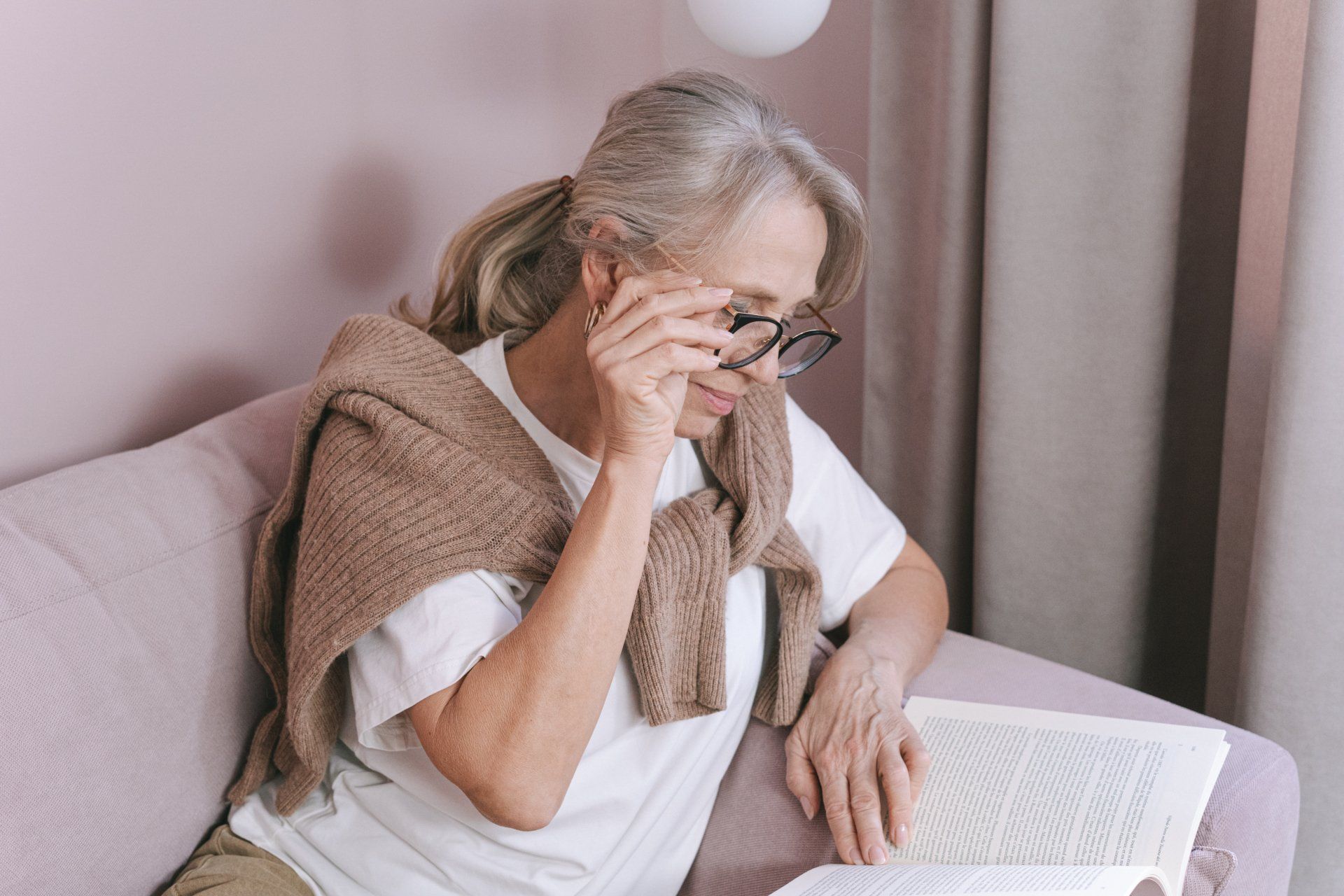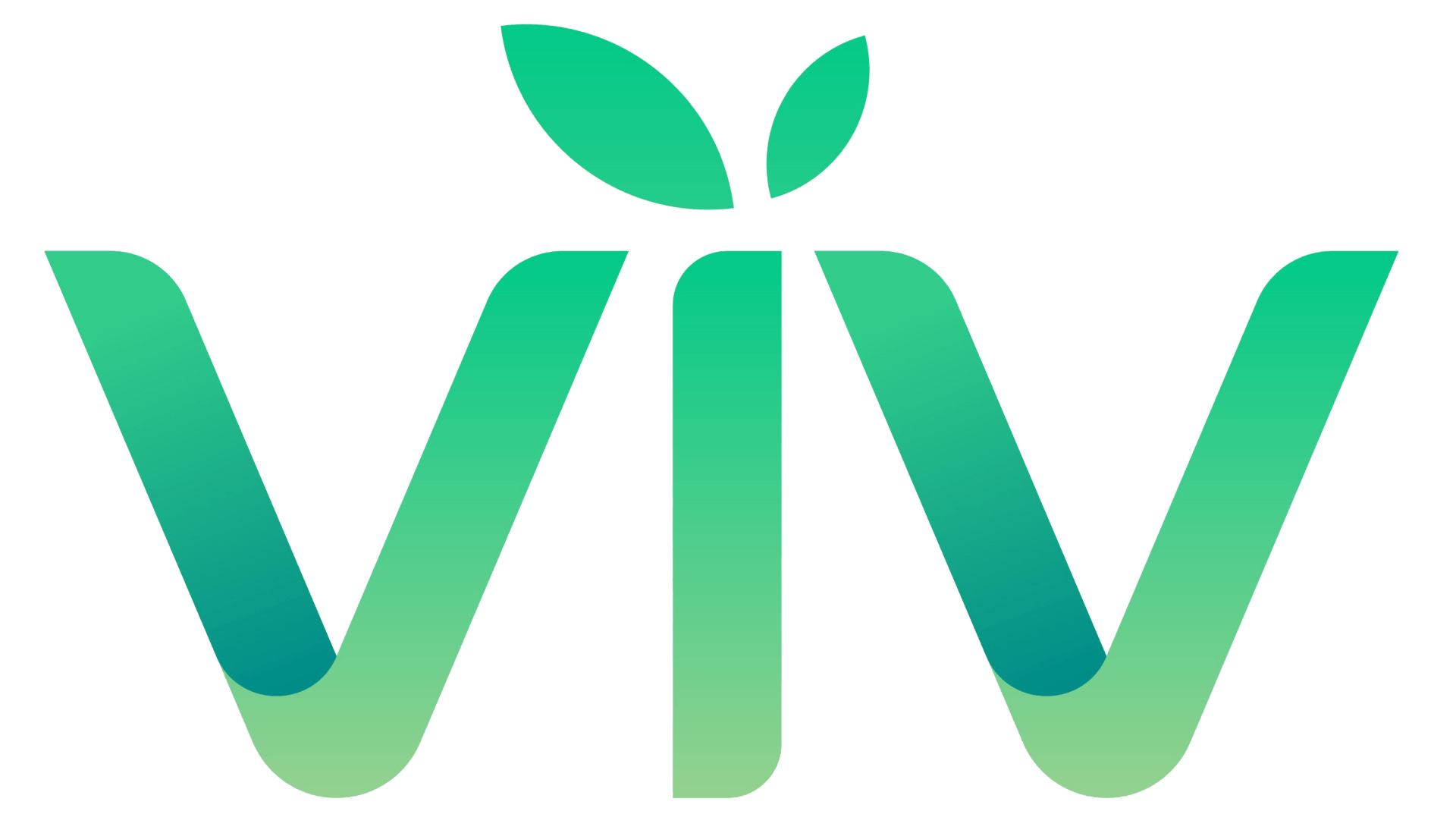Most floaters are very common and treated with a minimally invasive procedure

What are floaters?
Floaters most commonly appear as lines, specks, or “cobwebs” that seem to float around in and out of your line of vision. They seem to be floating in front of the eye but floaters actually occur on the inside of the eye, and are tiny clumps of cells, blood, or gel that float inside the vitreous (or gel) that fills the eye. Floaters are most often noticed when looking at a blank screen, wall, or the sky. In some cases, these floaters begin to interfere with vision and performing daily tasks like driving or reading.
What causes floaters and who is at risk?
The vitreous (gel) is attached to the retina. With age, the vitreous begins to pull away from the retina, resulting in a posterior vitreous detachment, which is normal, and the most common cause for floaters. Other causes for floaters include:
-Nearsightedness
-Retinal detachment or tear
-Inflammation within the eye
-Vitreous hemorrhage
-Trauma
How are floaters diagnosed?
The best and most reliable way to diagnose floaters is via dilated examination. Various imaging techniques, including OCT (optical coherence tomography), B-scan ultrasound, and retinal photography also help in visualizing and diagnosing floaters.
What treatment is available for floaters?
Treatment options vary depending upon patient’s symptoms, complaints, and clinical findings. Not all floaters require treatment if they do not threaten vision or impair a patient’s lifestyle. However, some patients have floaters that require surgical removal. These patients tend to have issues with floaters impeding vision required for necessary tasks like reading or driving.
When treatment is deemed necessary, a vitrectomy is performed. A vitrectomy is a minimally invasive, sutureless, outpatient procedure which involves the removal of nearly all the vitreous inside the eye, which removes these symptomatic floaters. Both Dr. Sommerville and Dr. Strand remove floaters at our convenient outpatient surgery center located adjacent to our main office. A common procedure, both doctors perform them on a weekly basis.













